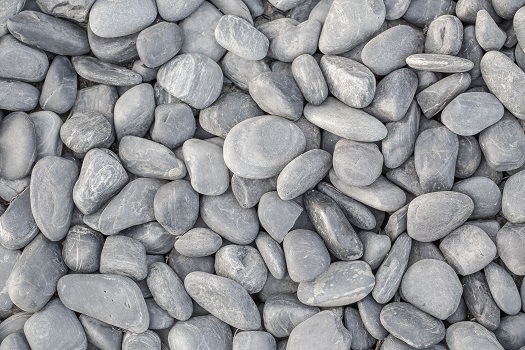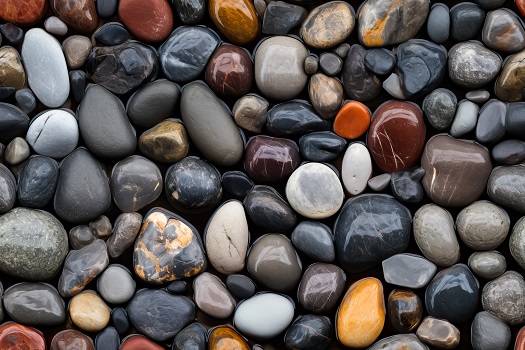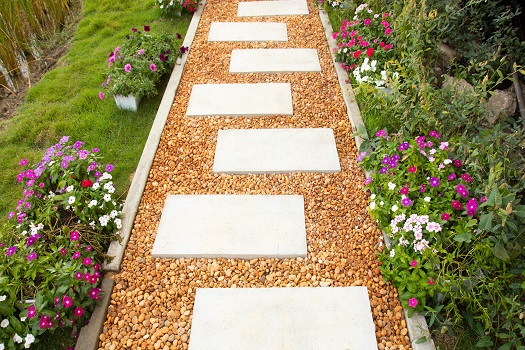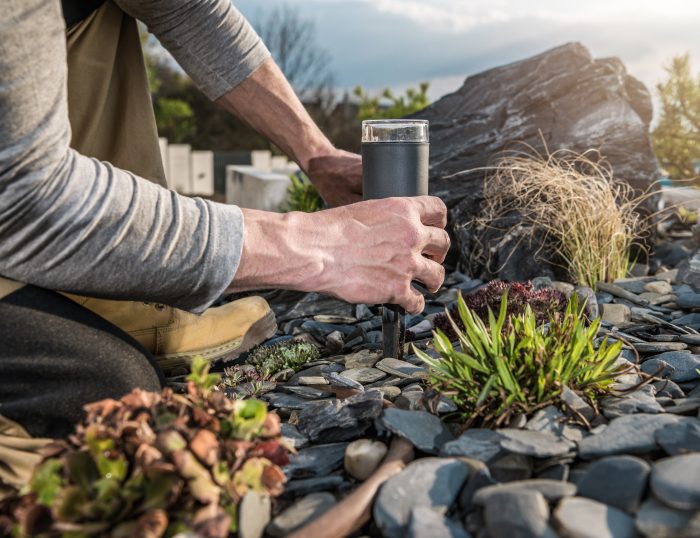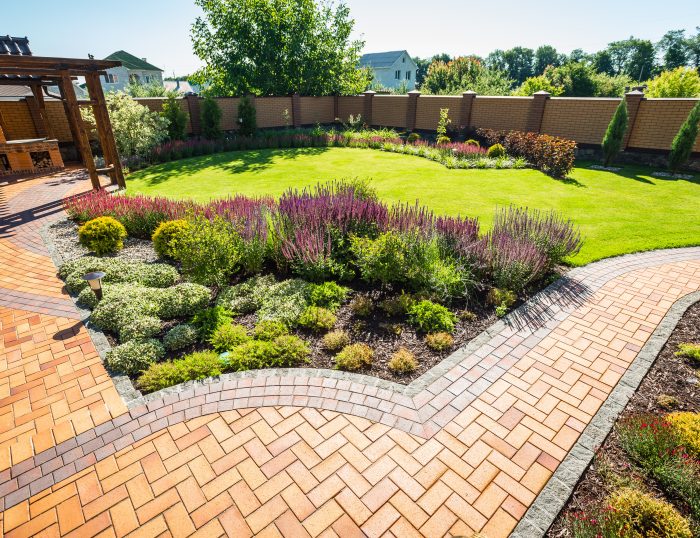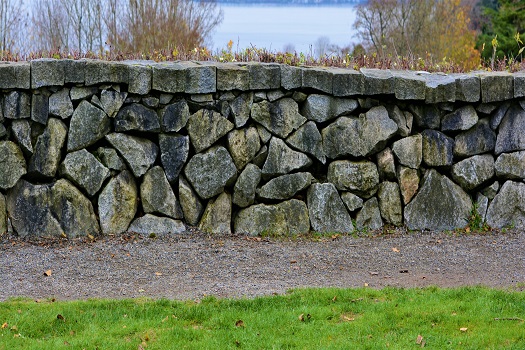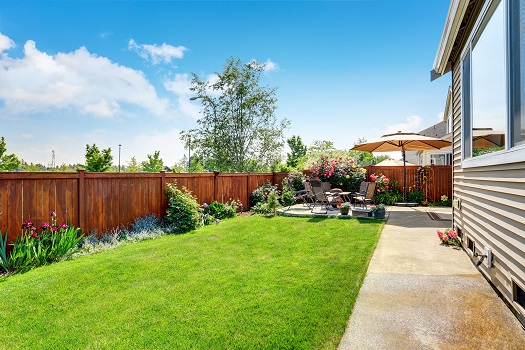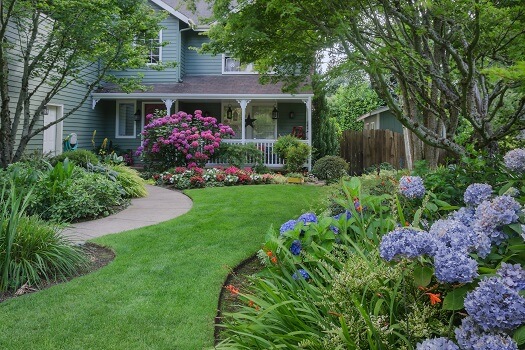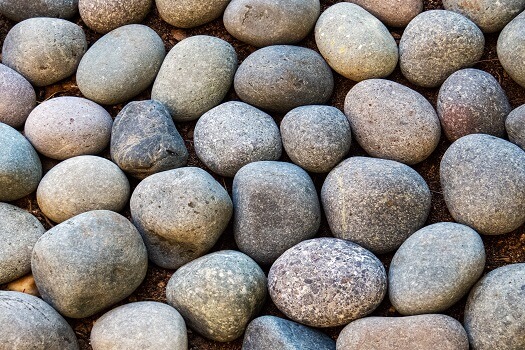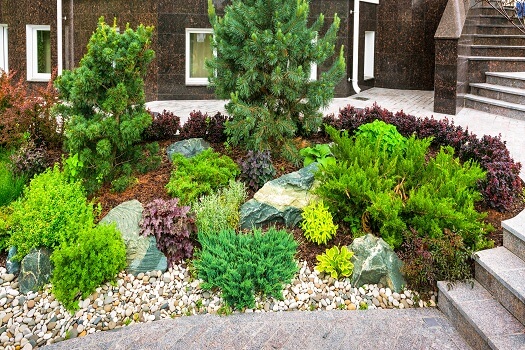
Iron Oxidation
A common reason for the yellowing of white rocks such as snow-white pebbles is a process known as iron oxidation. It happens when iron within decorative rocks interacts with water and oxygen. This interaction forms hydrated iron oxide, which can show up as a yellowish hue on white rocks. Oxidation can be accelerated if your decorative rocks are regularly exposed to water or immersed to some extent in water.
Wear & Tear
Natural wear and tear can cause white rocks to turn yellow over time. What’s happening in this case is the top layer is wearing away. As it does, any other minerals and elements in the decorative rock become more visible and prevalent. If the minerals are darker in color, you may notice a yellow hue on the surface of the decorative rocks.
Mineral Reactions
Other minerals your decorative rocks are exposed to for longer periods can also cause yellowing or discoloration. This might happen if your decorative rocks are resting near fertilized areas where runoff can carry minerals over to the decorative rocks. This type of mineral exposure may also happen if decorative rocks are placed near plants with fertilized or mineral-rich soil directly around them.
Acid Rain
Sulfuric acid and nitric acid are among the components sometimes found in rain and snow. Over the years, exposure to these elements can affect the color of your white landscaping rocks, stones, or beach pebbles. Depending on the acidic nature of the precipitation at any given time, you may notice a yellow hue that slowly develops.
Lack of Regular Cleaning
Dirt and debris can also give white rocks a yellowish hue. The extent of the yellowing from dirt and debris depends on the various minerals and chemical components in whatever your decorative rocks are exposed to on a regular basis. Yellowing can also happen if decorative rocks remain fully or partly immersed in dirt and debris for longer periods.
Restoring Tarnished or Discolored White Rocks
Start by using soap and water, since this is the safest and mildest cleaning method that can be effective. Mix a tablespoon or two of mild dish soap in a gallon of warm water. If your decorative rocks are smaller, place them in the mixture and let the decorative rocks soak for about an hour or so. If the yellow film or tarnish is more stubborn, you may need to do some light scrubbing. Be careful if you use steel wool so you don’t scratch the decorative rocks. Other ways to restore discolored white rocks or prevent further yellowing include:
• Using a water and baking soda mixture with a scrub brush
• Using vinegar on larger decorative rocks that can’t be easily immersed in water
• Rinsing off excess debris with a garden hose
• Placing a border around your decorative rocks to reduce exposure to runoff from nearby areas
No matter what type of landscape you have, decorative rocks, stones, or beach pebbles can add beauty, depth, and character to it. When you’re ready to get started on your landscaping plan, reach out to the experts at RS&P Rock Stones & Pebbles, a premier provider of mexican beach pebbles, snow-white beach pebbles, polished black river rock, and a wide variety of decorative stones. To learn how we can help you create the landscape of your dreams, call us today at (866) 380-0580.
